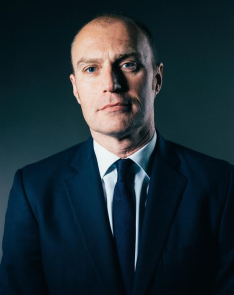How Williams F1 is evolving sponsorship to partnership with one of world’s biggest recruitment specialists
Formula 1 marketer Chris Murray talks to Simon Canning about the way the sport has had to evolve its sponsorship model to a partnership approach, struggles with digital thanks to a TV focus and its new virtual reality initiative.
 The way Formula 1 teams are having to engage sponsors and connect with both race fans and people with only a passing interest in the sport is undergoing a radical overhaul in a move that could influence how other sports approach sponsorship in the future.
The way Formula 1 teams are having to engage sponsors and connect with both race fans and people with only a passing interest in the sport is undergoing a radical overhaul in a move that could influence how other sports approach sponsorship in the future.
Williams Martini Racing marketer Chris Murray admitted that with its heavy focus on TV the sport may not have made the most of the digital opportunities – something which is now being addressed with Williams launching a virtual reality program in partnership with Sky Sports in the UK this weekend.
At the same time, one of Williams longest standing sponsors, global recruitment and HR specialist Randstad which has been with the team for eleven years, has talked about how it is utilising Williams resources not directly linked with racing.


the company is called Randstad (missing a d there) http://www.randstad.com
Hello,
great piece, but our company name is Randstad, with a ‘d’ between the ‘n’ and the ‘s’.
Would you mind changing that in your article?
Thank you in advance.
Kind regards
Ineke Brandenburg
Thanks Ineke and apologies,
We have corrected the error.
Simon
Mumbrella
Dear Simon,
thank you for your prompt action and reply.
Kind regards
Ineke
Randstad